When cows are sick: Feed accordingly
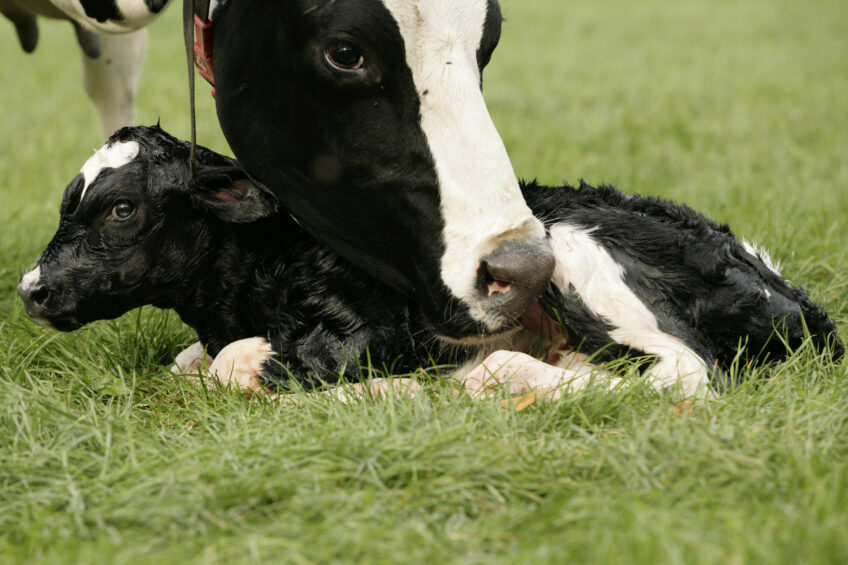
A number of feeding management strategies can be used as a supportive treatment of various metabolic and infectious diseases in cows. What can be done to reduce the impact of sickness on the profitability of farm operations?
Metabolic and infectious diseases in cows range from grain bloat to acidosis and parasitic infections.
Grain bloat elimination
With high grain feeding for example, large amounts of acids are produced in the rumen. This may reduce rumen motility and hence contribute further to the development of grain bloat. The changes associated with the high-grain feeding depend largely on the physical form of the diet. In a study with identical twin cows, the diet with a fine particle size (388 micrometers) provoked more bloat than the one with coarse particles (715 micrometers) and caused serious bloat losses. Once grain bloat has occurred, feeding equal parts of concentrates and hay will not reduce bloat severity even by feeding hay up to 50% of the diet. Bloat then can be eliminated only by removing more than 50% of the grain for four to six weeks. If bloating animals are fed high-roughage diet for only one week and then high-grain diet, they will start bloating in one to 2 days. The high-roughage diet should, therefore, be fed over a sufficient period of time in order to allow it to remove the slime from the rumen wall and suppress growth and multiplication of the slime-producing organisms.

The effect of parasites
The grazing animals are always exposed to parasites and are thus constantly re-infected in chain reaction mode. Anti-parasitic drugs are effective to minimise the internal parasites in grazing herds, but they cannot provide a long-term solution. Therefore, integrated feeding strategies become obligatory to control internal parasites and hence improve the productivity of the grazing herds and minimise the economic losses associated with the parasite infestation. Animals on low protein diets are more susceptible to parasite infection because they produce less immunoglobulin IgA. Protein supplement should, therefore, be considered particularly for the young susceptible animal for improving resistance to parasites. Animals infected with parasites also exhibit reduced utilisation of calcium and phosphorus. Parasitic animals should, therefore, get an adequate supply of calcium and phosphorus to compensate for the deficiency. The provision of trace minerals such as zinc, iron, and cobalt and vitamin A is also important for immunity and intestinal epithelial integrity.
Too much grain and acidosis
Diets with high-grain and low-fibre contents are more digestible and ferment faster, so the animal is provided with nutrients at a faster rate and can thus grow faster. Also, cattle fed on high-grain diets provide nicely marbled beef compared to those fed on low-grain diets. The low-fibre diets, however, can be very stressful for animals because they allow fermentation acids to accumulate in the rumen. Acid build-up can cause ulcers in animals consuming too much grain with little fibre. The infective bacteria then come from the rumen through the ulcers into the bloodstream and finally into the liver, where they cause abscesses. Grains can also accumulate in the animal’s intestines because they lack the starch digesting enzymes. Thus, the high grain diets can promote an overgrowth of Clostridium perfringens, bacteria associated with the sudden death syndrome in feedlot cattle. These diets may further promote E. coli within the digestive tract of cattle and hence cause harm to the animal. These problems can be controlled with the gradual inclusion of grain in the diet (Table 1). It is recommended therefore to begin with the inclusion of starch sources such as corn, sorghum, and oats, which are slowly fermented compared to the other sources such as wheat and barley. It is also recommended to increase the proportion of the forage fed during particularly cold weather, as the effects of acidosis are worsened if the animal is also suffering from cold stress. The use of a feed additive may further help to reduce the risk of acidosis.
Dealing with ketosis
Ketosis is a common disease of adult cattle, typically occurring in dairy cows in early lactation and rarely in late gestation. It is most consistently characterised by partial anorexia and depression. In addition, signs of nervous dysfunction, including pica, abnormal licking, incoordination and abnormal gait, bellowing, and aggression are occasionally seen. The condition is worldwide in distribution but is most common where dairy cows are bred and managed for high production. Ketosis can be managed through nutrition, especially in the dry period. There should always be adequate protein and carbohydrate in the diet of the dry cow, but even more important is an ample supply of fibre, preferably in the form of good hay. That is because the bulk of the energy is produced in the cow’s first stomach and the fibre is, therefore, needed to keep the concentrates in the rumen long enough to allow the breakdown of the feed to fatty acids. Silage may also provide sufficient fibre, but care must be taken in this case to ensure palatability and quality of the silage. For instance, silage which has been badly made containing a high concentration of butyrate is not only unpalatable but also lacks glucogenic precursors and leads directly to ketone production. Some feed additives, including niacin, calcium propionate, sodium propionate, propylene glycol, and rumen-protected choline, may help prevent and manage ketosis. To be effective, these supplements should be fed in the last two to three weeks of gestation, as well as during the period of ketosis susceptibility.
Mode of action
- Form protective layer on the mucosal surface of the intestines and reduce the severity of diarrhoea.
- Regulate the peristaltic movement of the intestines.
- Provide a healthy environment for growth and multiplication of micro-flora.G23
Diarrhoea and importance of colostrum
Calf diarrhoea and subsequent dehydration are the number one cause of calf mortality prior to weaning. Calf diarrhoea can be due to infection in the intestine by viruses, bacteria, and protozoa. It can also be caused by inadequacies in the feeding programme including poor sanitation, failure of passive transfer (feeding insufficient quantity and/or quality of colostrum), inconsistent delivery of milk or milk replacer, and poor housing conditions. When scouring, calves lose a considerable amount of water and electrolytes (minerals such as sodium, phosphorous, potassium, chloride, and others). The calf is born without diarrhoea-fighting antibodies. It will acquire these antibodies only by nursing colostrum early in life. Colostrum should be fed in adequate amounts (10% of calf body weight) within the first 24 hours after birth. After providing adequate colostrum on day one, a second dose should be fed (especially useful in stressed calves). The immunoglobulins in colostrum will coat the small intestine and prevent attachment and colonisation by pathogens. Additionally, colostrum provides an excellent source of energy and contains compounds such as lactoferrin and fatty acids that benefit the calf.
The use of feed additives in milk replacer in a later stage of feeding should be considered for promoting gut health. If the diarrhoea is not severe and the animal is not dehydrating it is better to treat diarrhoea with herbal remedies. There are varieties of herbal species commonly used in most Asian countries for this purpose (Table 2). Limewater, tannic acid or commercial diarrhoea remedies could be used to treat diarrhoea if the animal is in danger of dehydration. Also, administration of clean water or barley water at intervals of two to three hours helps to compensate for the loss of body fluids.
References are available from the author upon request (drsalah31@hotmail.com).
Join 13,000+ subscribers
Subscribe to our newsletter to stay updated about all the need-to-know content in the dairy sector, two times a week.
 Beheer
Beheer

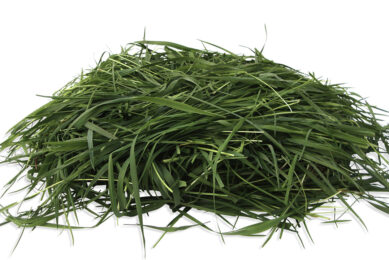
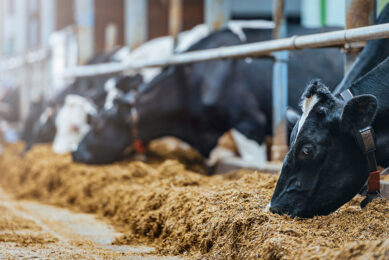
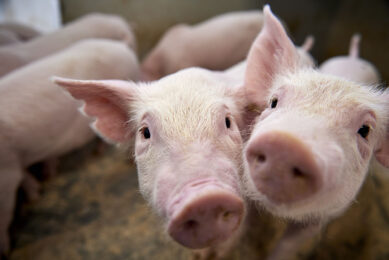
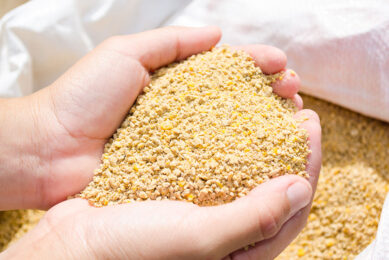
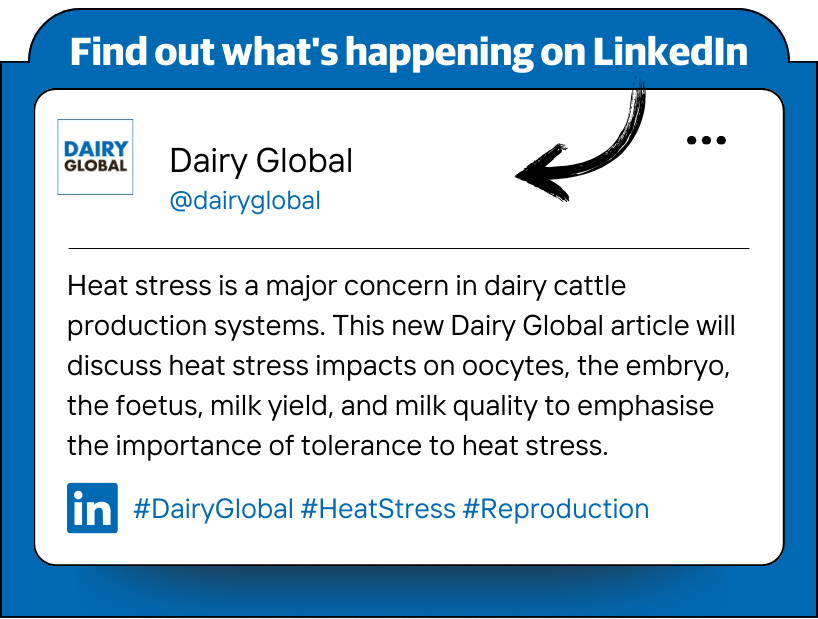



 WP Admin
WP Admin  Bewerk bericht
Bewerk bericht